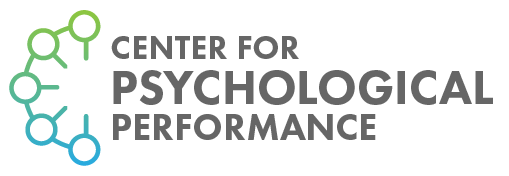Mental Mobility Blog
A Beginner’s Guide to Understanding Dyscalculia
Mathematics is a complicated and layered academic area that requires a child to grasp the basics before applying them to concepts and then build upon those concepts as they progress through school. Not only must a child build on the concepts, but there is an assumption that speed and efficiency are a direct result of one’s understanding of those fundamentals. Mathematics also requires strong spatial and reasoning skills. As a result, a child who struggles in math, may also have difficulty in other areas of life that require spatial awareness or reasoning. Examples include: understanding maps or directions; estimating distance, height, or weight; managing time or money; and using logic to solve problems.
In this blog, we will dive into understanding dyscalculia, a challenge in understanding numbers and mathematical constructs. This impairs children’s ability to apply even basic math concepts, impacting not only their academic success, but various general life skills.
Mental Toughness vs. Mental Mobility
Mental toughness is focused on outcomes. It’s about doing more of what you’ve already been doing, even though it didn’t work the first or second or third times. It’s outdated. Instead, aim for Mental Mobility. Mental Mobility focuses on developing the strength and flexibility so that you have options to overcome any obstacle that you face.
A Beginner’s Guide to Understanding Dysgraphia
Problems with writing can be the result of a myriad of different things. Children have to be capable developmentally, physically, and mentally. A student must learn how to hold a pencil and develop the fine motor skills to write fluidly. They must also understand how to form each individual letter before learning to connect those letters to make words and finally stringing words together to make sentences. After all of that, students must also master the grammar rules necessary to clearly communicate their thoughts in writing. As you can see, there are many areas that could prove challenging on a child’s journey of learning to write.
In this blog, we will dive into understanding dysgraphia, a unique difficulty with writing that impairs children’s ability to express themselves clearly through the written word.
A Beginner’s Guide to Understanding Dyslexia
Does your child…
Have difficulty reading books on grade level?
Rely on pictures to understand the story?
Perform inconsistently when reading common sight words?
Struggle with remembering and applying spelling rules?
Refuse or get frustrated when required to read for homework?
Guess at words when reading?
Have difficulty recognizing a word even when it was provided within the same sentence?
Read extremely slowly?
Struggle to connect letters to their appropriate sounds?
Show improved comprehension when stories are read to them?
If you said yes to any of these, your child may be one of the 5-10% of the population that have a learning disability known as dyslexia. Let’s learn more about dyslexia, identify the characteristics you may notice in your child, debunk common myths, discuss approaches to help your child succeed academically, and explore the benefits of having a dyslexic mind.
Understanding Learning Disorders
Does your child avoid certain academic tasks? Do they become frustrated (and maybe even throw a tantrum!) when forced to complete homework?
If this sounds like your child, it’s possible that they could be struggling with a Learning Disorder. A Learning Disorder is a diagnosable condition that indicates that a child’s brain is wired differently than the typical student upon which the school’s curriculum is developed.
Training to Handle Pressure in Sport
Performing under pressure is a task that athletes must master if they are to reach the highest levels. Understanding where the pressure comes from and how to train for it is critical.







